One of Walter's largest bones to pick with the firearms industry is the prevailing idea that twist rate is a function of chambering, not a combination of a desired bullet and velocity. A 24 inch 308 (three oh eight) doing 2600 (twenty six hundred) feet per second? That's going to be a 1 in 10 twist. A13.7 (thirteen seven) 308 doing 2350 (twenty three fifty), yah that's going to be a 1 in 10.
Despite advances in ballistics, tolerances and quality control, many of the most important parts of the shooting process are hesitant to change. Part of this has to do with the modern application of chamberings like the 308 being very different from their intended use. Modern “heavy for caliber bullets”, advances in case and powder technology, and shorter barrels optimized for suppressor use, take the 308 of old and make it into something singular and new.
If you think about peak bullet performance in terms of expansion and dispersion, existing in a window of Rotations Per Minute, then as barrel length (and thus velocity) goes down, twist rate must in fact go up to maintain that window.
Without getting too much into the weeds, let's say a bullet like the 175 grain Sierra Matchking is designed to achieve peak performance at around 2600 FPS out of a 1 in 10 twist 24 inch barrel. This works out to be around 190,000 RPM. Out of a shorter barrel like 16 inch or 14.5” this velocity drops below 2300 FPS and a faster twist rate is needed to achieve that desired RPM.
RPM doesn't just affect accuracy or dispersion, but terminal performance. Just because a bullet is flying straight doesn't mean it's going to perform and expand as desired. As velocity decreases, say from shooting further distances or from shortening the barrel, RPM must increase to ensure consistent expansion.
With heavier bullets like 212 or 215 this lack of RPM needed for stability only becomes more apparent, and with the coming popularity of hybrid brass, Walter believes bowlers will increasingly want to shove the largest bullets possible into the beloved 308.
As far as Walter can tell the only reason barrel manufactures sell the same twist rate for a 24 inch barrel as a 12.5 or 14.5 is that they are too lazy to order faster twists for shorter barrels.
With this quandary stewing in his aging mind, Walter called up his friends at Noveske Rifle Works and asked if they would be interested in working on a project addressing this issue. A month or so later, Walter and Donny went down to Grants Pass and picked up 6 barrels to test. These barrels were identical, same chambering, same profile, same number of groves but with the only variable being twist rate. The batch included twist rates of: 1 in 5, 1 in 6, 1 in 7, 1 in 8, 1 in 10 and 1 in 11.
With no idea how brutal the testing would be, Walter and Donny went to the range and followed Noveke's head of Research and Development, David Andrew's, testing protocol that started with a bare muzzle. Walter and Donny tested various ammos from cheap ball ammo, to specialty hunting ammos and even some of Walter's certified Warranty Voiding Hot loads.
Walter and Donny took turns shooting 5 round groups, four per barrel, per type of ammo, and recorded all of the data. Through the deafening noise of 16 inch bare muzzle 308 and a scope moving recoil, a trend started coming across. The effect of changing the twist rate from 1/11 to 1/5 on velocity was within the standard deviation of whatever ammo Walter and Donny shot. In layman terms, this means that twist rate didn't really affect velocity, with the difference between 1/11 and 1/5 being within the dispersion of the ammunition being shot.
Walter and Donny fired over a thousand rounds of ammo through these test barrels, trying to balance the isolation of scientific variables with shooting and a set up that resembles how the barrels will be used in the field. One thing that stood out to Walter through the sea of data, was how inconsistent lots of factory ammo are. Even "match grade" ammo in reality had standard deviations approaching the mid double digits. Just because ammo is marketed as "Match Grade" doesn't mean it's such. Shocked, Walter switched platforms and confirmed this with the same velocities coming from the Military standard for precision ammo across multiple rifles.
Ammo companies be warned: "Don't ride on your laurels! Sobchak Security LLC just purchased a commercial automated loader and is coming for your ass!"
Ohh Walter's rambling again, complaining about existing ammo offerings...back to barrel and twist rates... Throughout the data collected with a half dozen barrels, across half dozen common ammo types, a trend appeared across the data when it came to dispersion, in the standard parabolic distribution with 1 in 11 and 1 in 5 being shoulders and 1 in 7 being the valley. With every variation of ammo, the 1 in 7 had the best accuracy. Transversely, this barrel also offered increased RPM which helps with BC retention as well as projectile expansion on target.
To isolate variables, Walter and Donny went back to Grant’s Pass, with a new batch of 1 in 7 barrels, they continued their testing, specifically comparing it to a new batch of control barrels with a 1 in 10 twist. These new batch of barrels corroborated the initial testing, and well, Walter and Donny felt pretty darn good about the results.
"So Walter, you're saying that in the case of a 16 inch 308, a 1 in 7 twist offers better accuracy all while offering better terminal performance than the industry standard 1 in 10 or 1 in 11 twist? Where can I get one of these barrels?!
"Funny you should ask. Sobchak Security and Noveske Rifle Works are collaborating and offering these barrels with this ethos, and the first will be 1 in 7 twist 308s, more about that later, but let Walter finish his story!"
With the data in hand, Noveske started up the Logan lathes and trimmed the first shavings of metal on a batch of 100 barrels. Here's some of the first barrels getting chambered by hand, and then checked for proper headspacing with the barrel extension from Q. In the age of CNC manufacturing, Novekse still hand chambers, inspects and tests every single barrel that comes through their shop by hand, with expert craftsman taking pride in their work. Few manufacturers can make this claim, and it's a major part of Walter's excitement in collaborating with them to offer bowlers these barrels.
The beauty of this system is its simplicity. Changing out the barrel on a Q fix is easier than swapping out a barrel on an ar15. Don't have a Fix? Well perhaps this is your opportunity to go buy one.
Practitioners of short barreled, lightweight 308 will know how much recoil negatively impacts both accuracy and shootability. Astute bowlers will notice that Walter went with a thicker than standard barrel profile for the Noveske 308 Fix. Walter's desire for this project was to increase the flexibility and performance of the Fix, and well, adding a few ounces of barrel weight is a trade off Walter is more than happy to make. A thicker barrel profile helps with accuracy, soaks up recoil and allows for longer shot strings. Hell, look at PRS rifles, none of those bowlers are using pencil profile barrels. Walter picked a profile that saves weight where it can and keeps materials where it benefits the rifle's performance.
One added benefit of doing a 1/7 twist 308 is the ability to shoot heavy projectiles at subsonic speeds. If a bowler has never shot subsonic 308, well they are missing out and will be hard pressed to find a quieter round. Commercial loadings for heavy 308 subsonic will be available from Discreet Ballistics.
As case development continues to improve, Walter believes that faster twist, shorter barrels will become the norm. 308 is a great place to start. Even the fudds at the league office, aka Saami , recommend faster twists for 300 PRC and 300 blackout, both slower and faster 30 cal offerings.
The first 100 barrels are now up on Noveske's website, and if they sell well, Walter and the craftsmen down in Grants Pass have some more tricks up our sleeves. Each barrel comes with some special homeworks and a custom ranging card. If you will it, it is no dream.





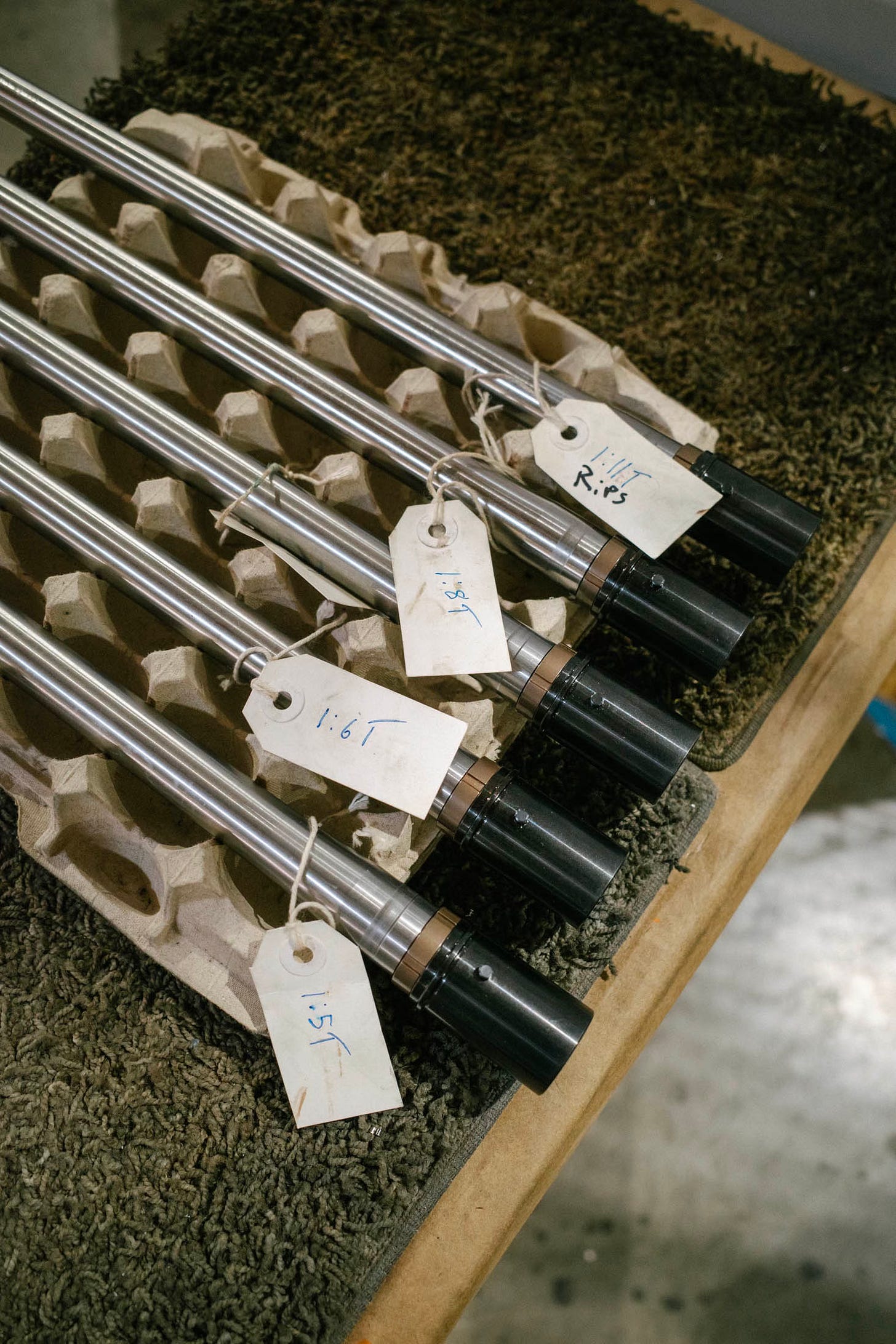
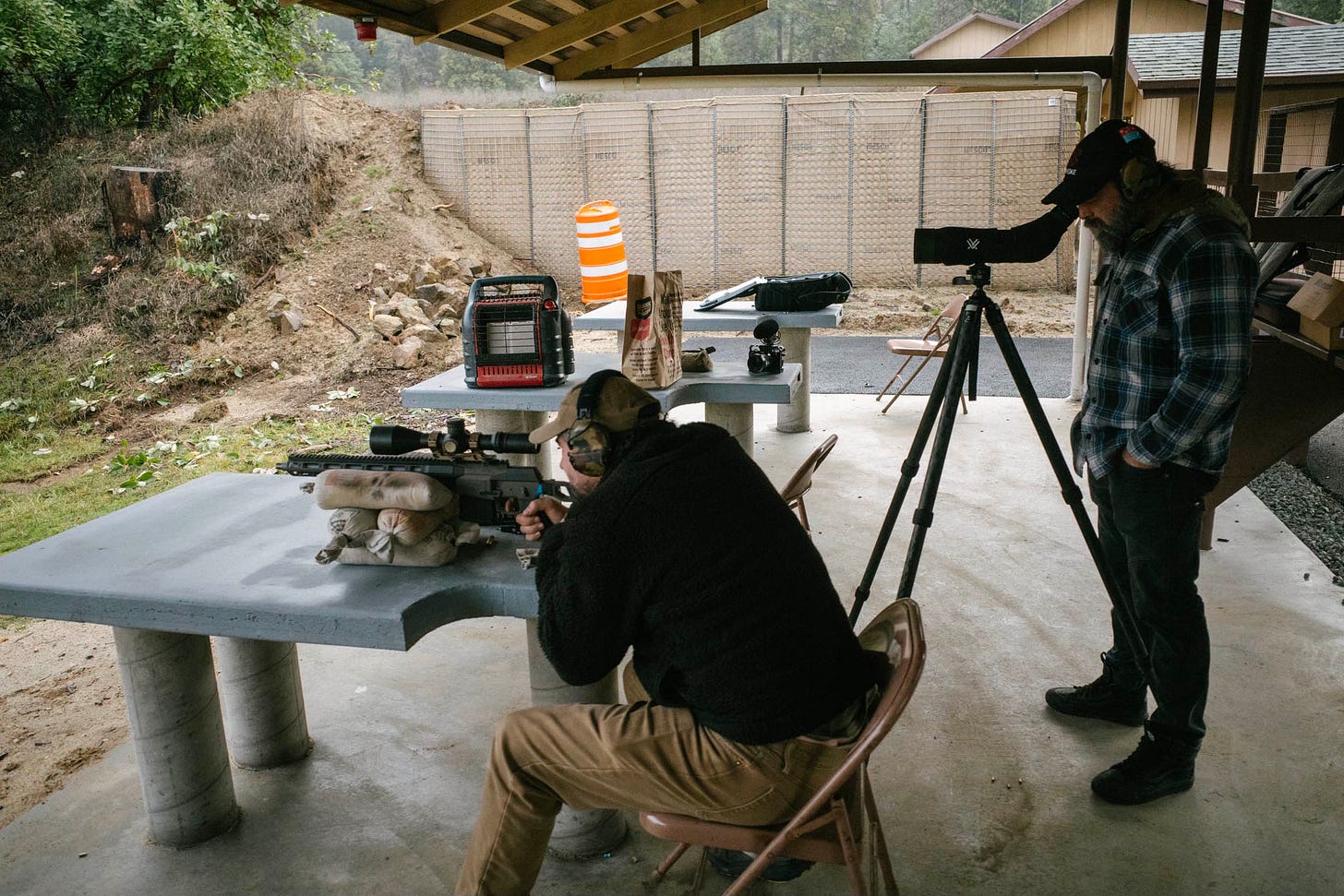
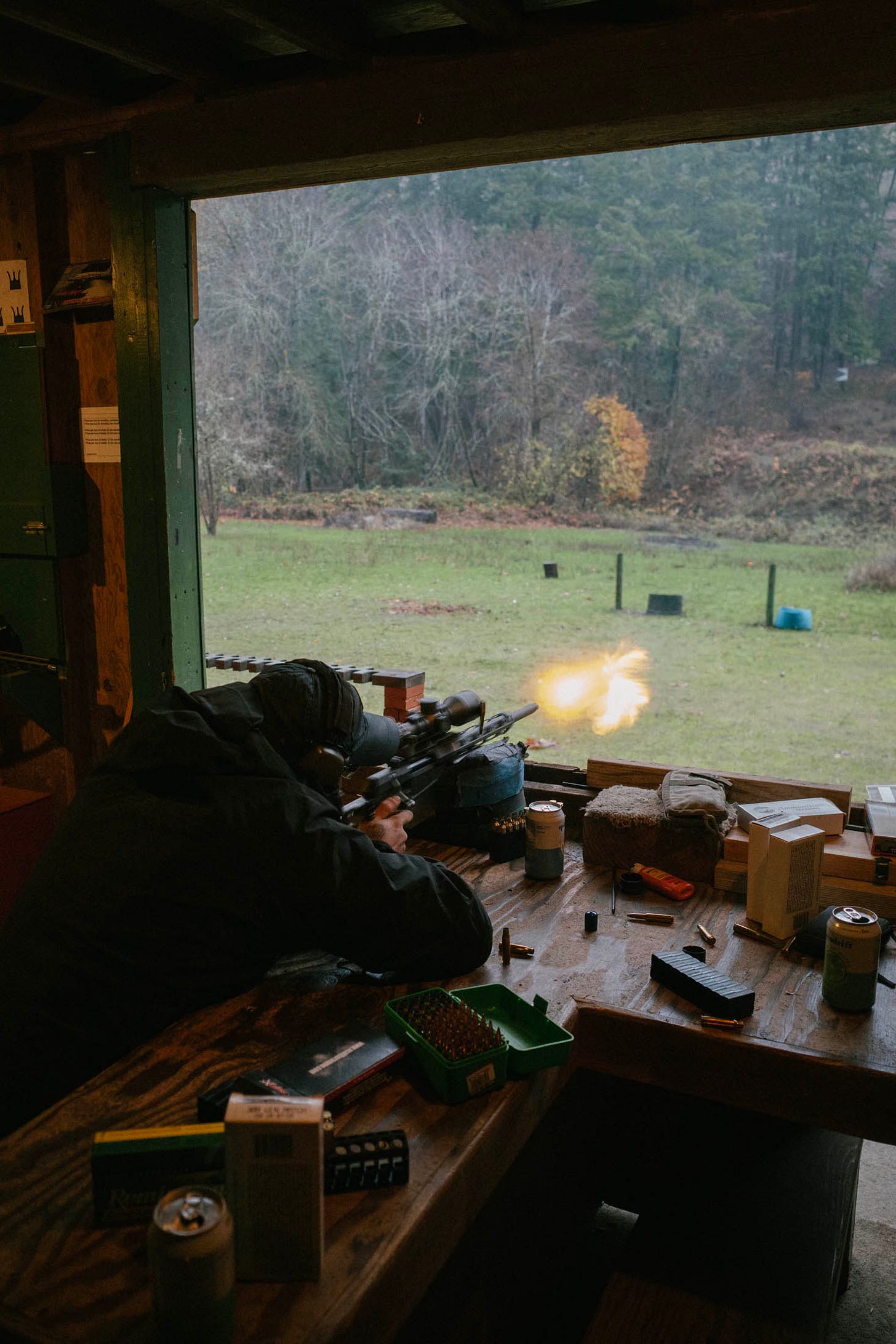
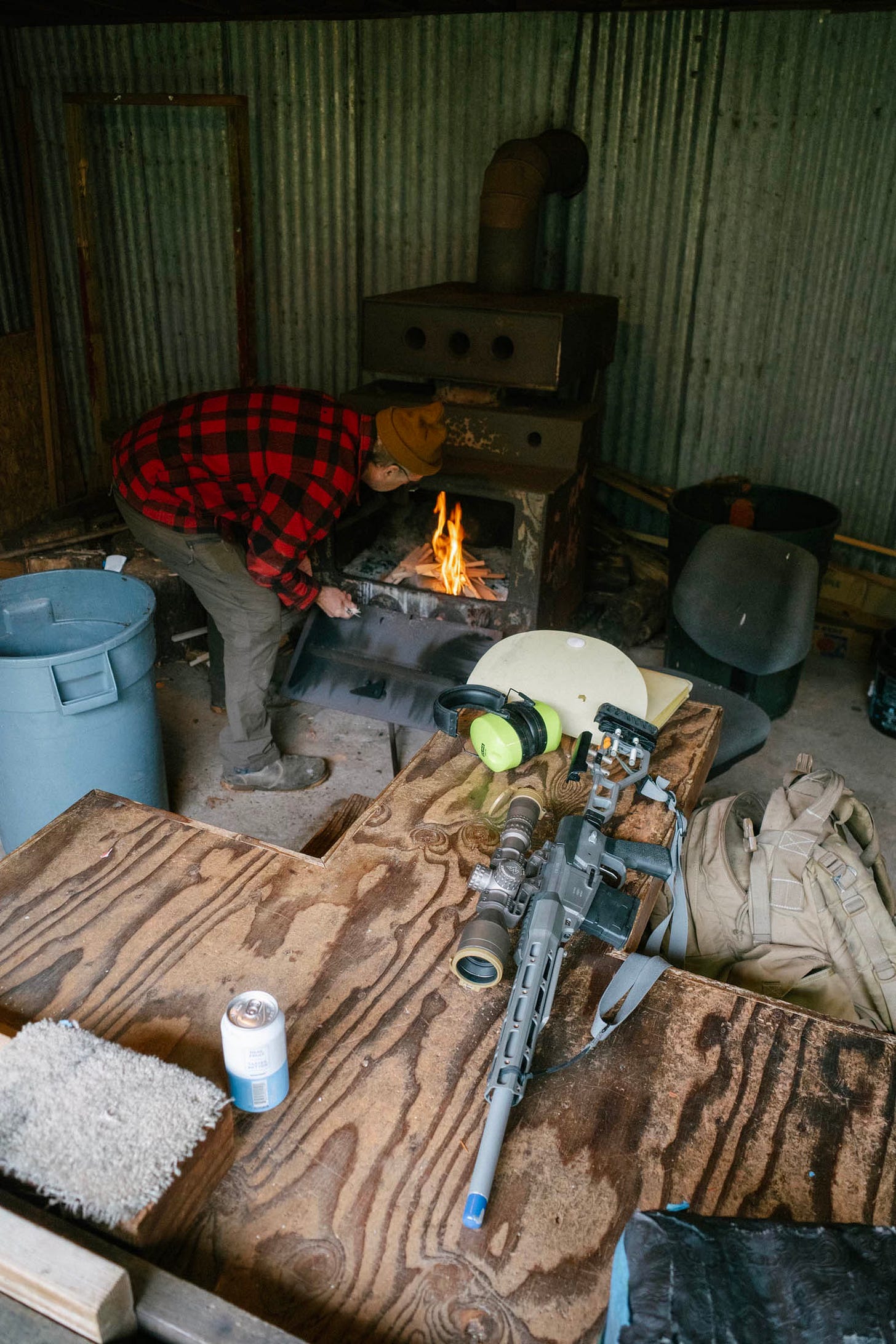
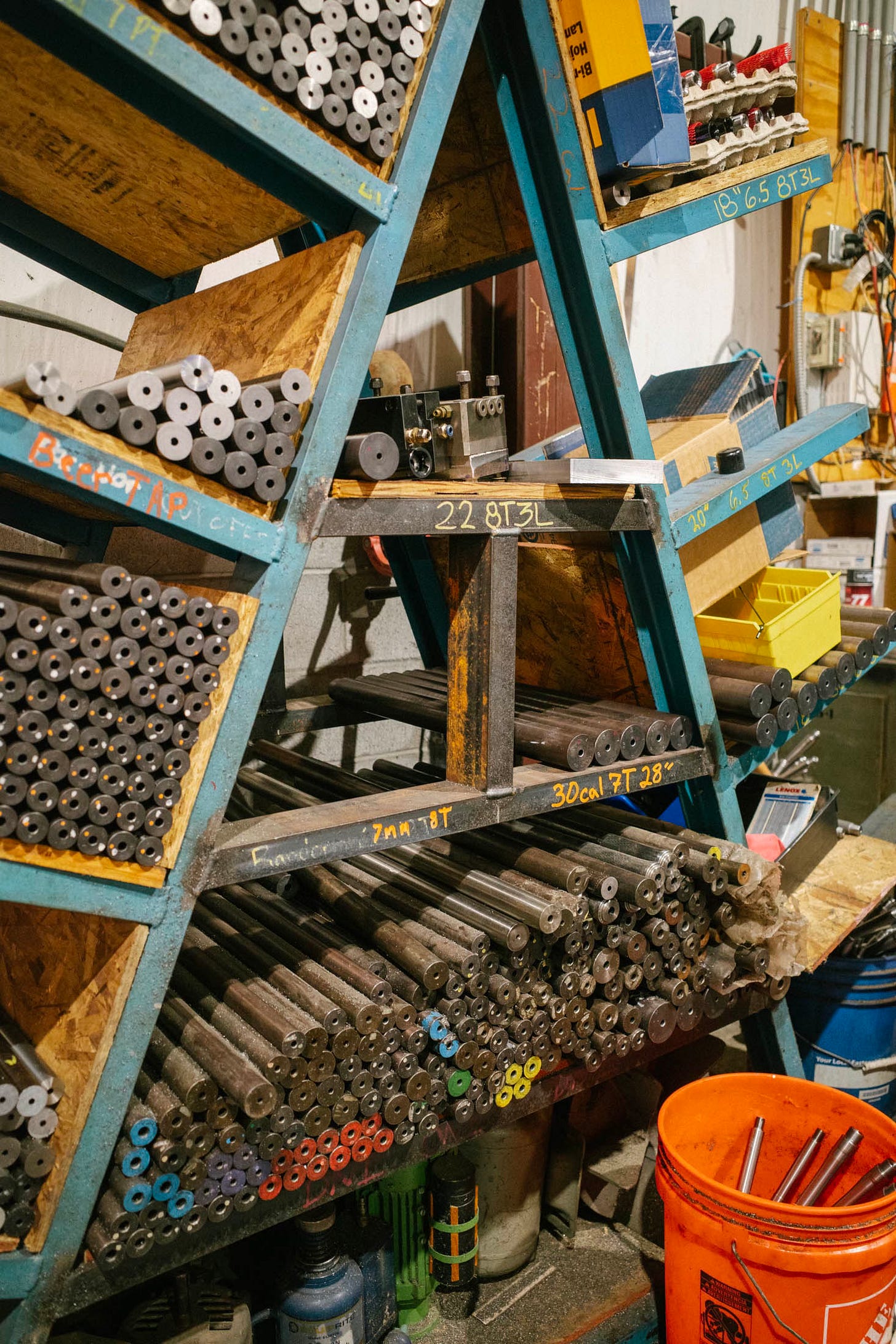
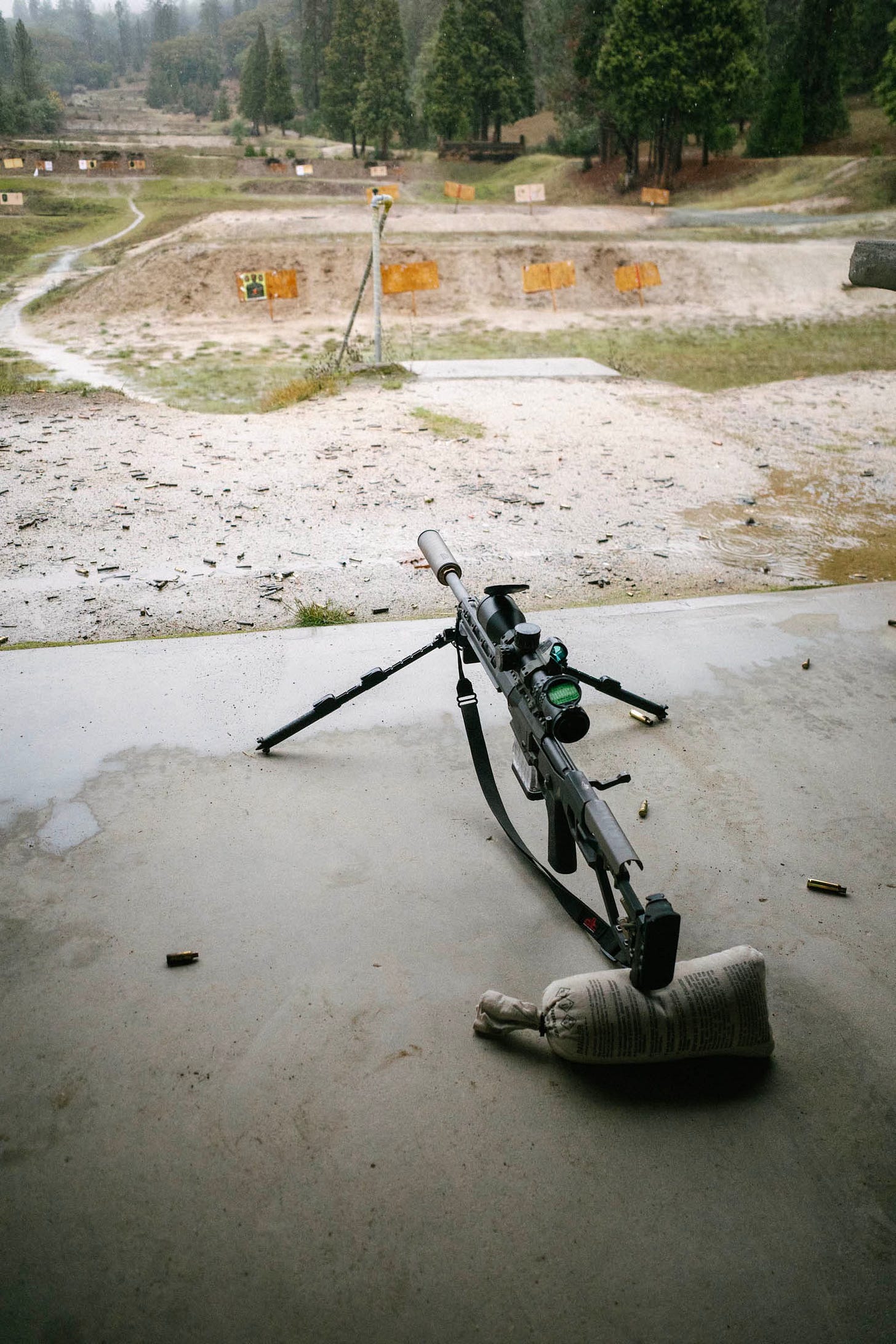
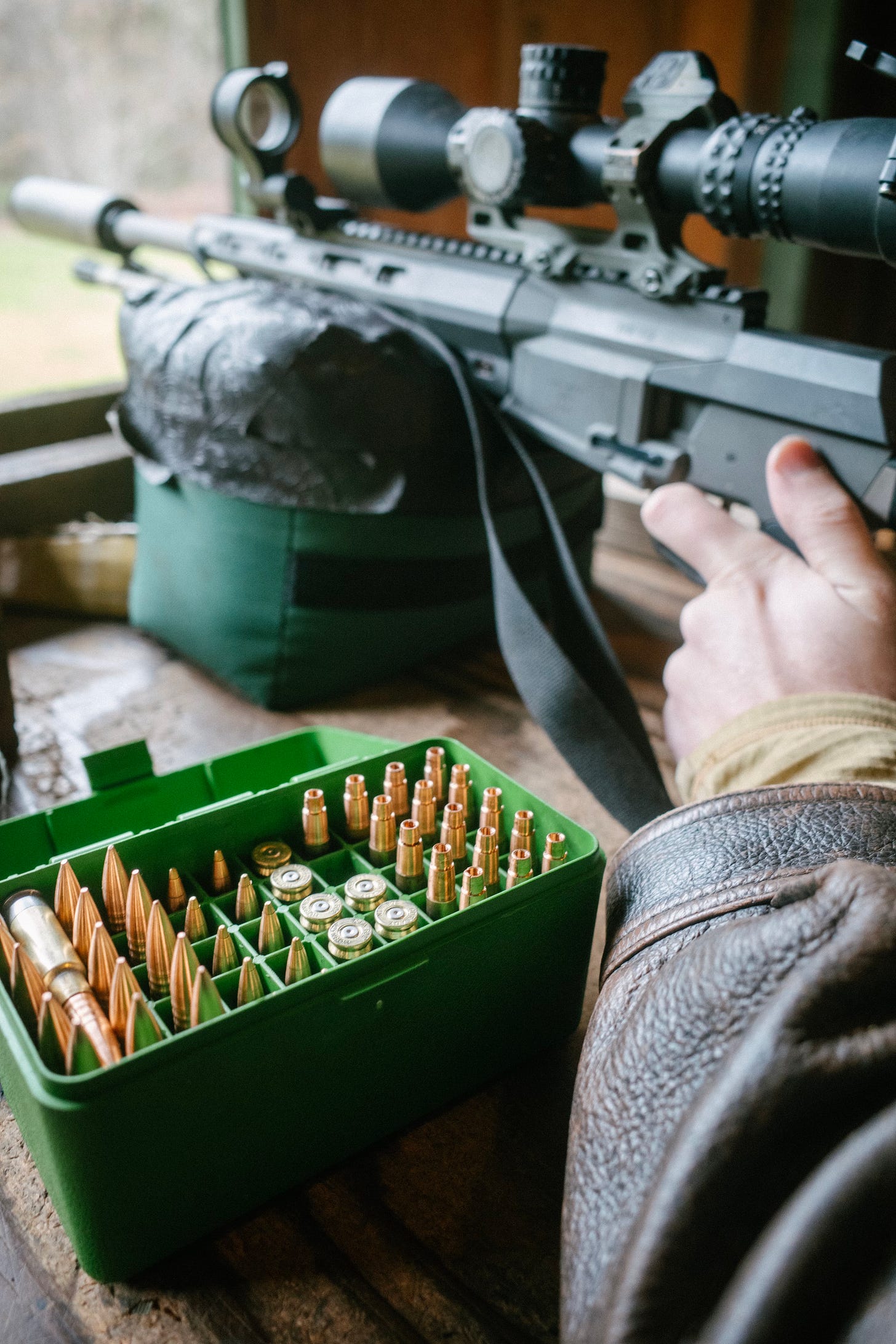
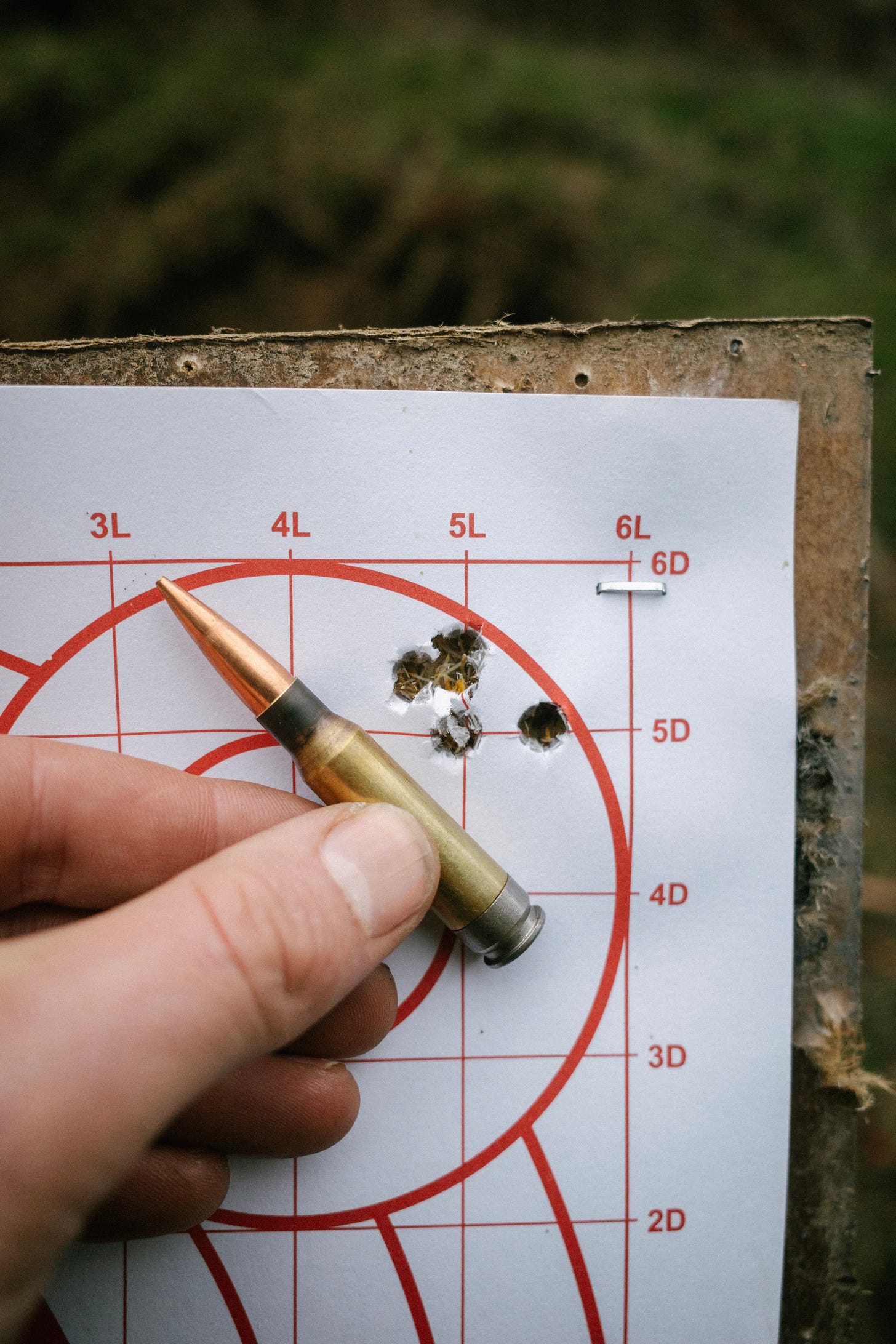
Any reason why Noveske didn't taper the muzzle on these? I have been waiting for these to drop...I wish I knew about these before buying the spare .308 Fix barrel when I got my 6.5CM. I've always had good results with Noveske barrels on past builds. Any chance the next run comes tapered for the Cherry Bomb?
Walter, if one was to take the QFix extension off would this work with other actions?